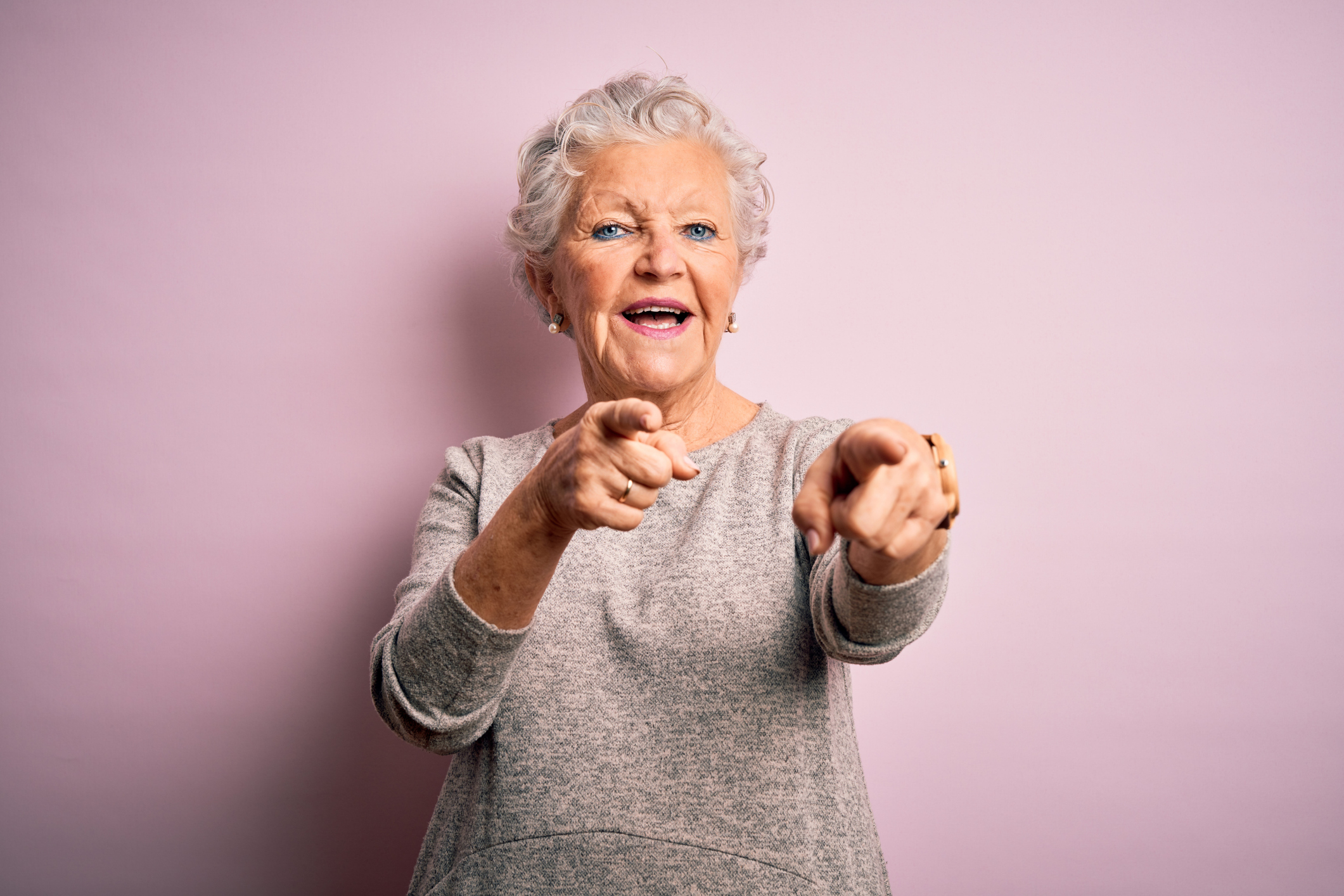A year of staying home to stay safe from the novel coronavirus has led to a significant shift in the way people work, learn, socialize, eat, exercise and dress. For many, the thought of returning to traditional work or dress attire that includes restrictive clothing and uncomfortable shoes is unappealing. Will 2020 have led to a permanent change in the way people dress?
According to a recent NPR report, retail demand for accessories, high heels, and underwire bras plummeted in favor of headbands, flats, bralettes, and joggers over the past year. For older adults, this new normal has provided an opportunity to live more authentically, perhaps by embracing grey hair while salons remained shuttered or deciding that high heels aren’t worth the pain and risk of a fall.
Athleisure wear – leggings, joggers, hoodies, and sneakers have all become mainstream in the years leading up to the pandemic. But according to Fast Company, the purchase of sweatpants increased by 80 percent last April. Many people have embraced a more minimalistic approach to dressing, forgoing large pieces of jewelry, or anything that isn’t comfortable and functional.
As the weather warms and people enjoy spending more of their time outdoors, comfortable, supportive shoes are a must-have for long walks, gardening, cycling, or visiting the farmer’s market as produce becomes available. Liberating ourselves from the fashion cycle has been just one of the silver linings of COVID-19, allowing people to focus on what is most important in their lives.
Sustainable clothing is also of more interest to consumers who have explored more of their core values over the past year in social isolation. Not only are people eschewing the “more is more” approach to dressing, but consumers are more interested in how clothing is manufactured and looking for items that are less harmful to the planet. The market for gently used clothing has also spiked as people watch their spending carefully and try to shrink their environmental footprint.
Time will tell if people return to more structured, formal attire, but it’s likely that some of the shifts in dressing over the past year will be more permanent for many people and have a lasting effect on fashion.






Add Your Voice
0 Comments
Join the Discussion